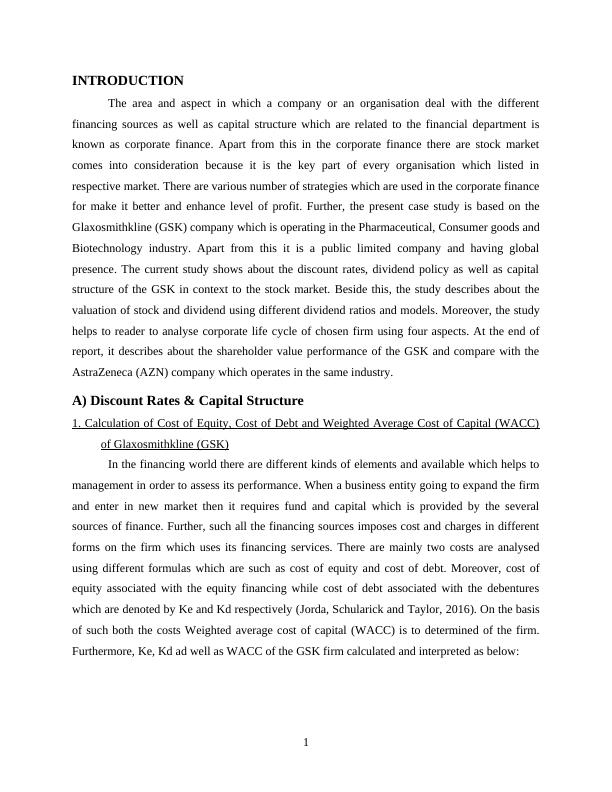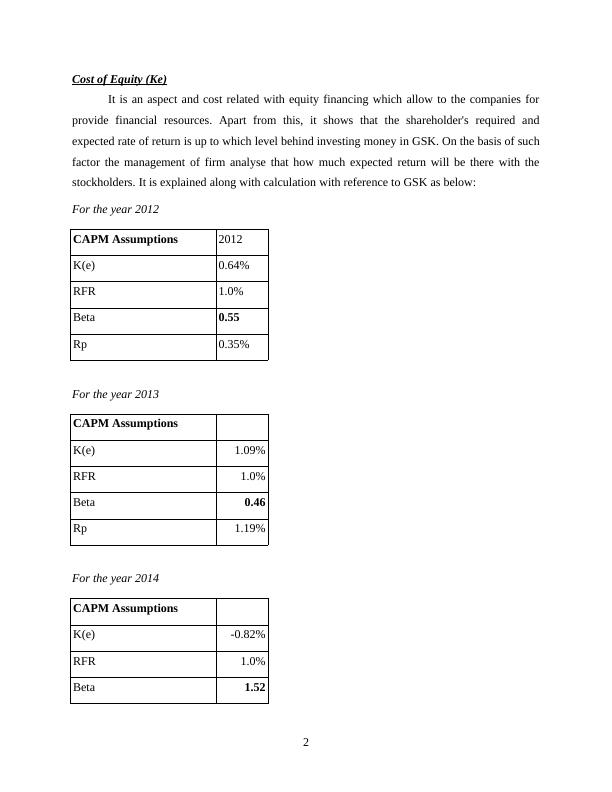Corporate Financial Strategy Assignment
Added on 2019-12-18
18 Pages4384 Words155 Views
End of preview
Want to access all the pages? Upload your documents or become a member.
Calculating Weighted Average Cost of Capital and Gearing Ratios for AGL Energy Ltd
|8
|1866
|59
Corporate Financial Strategy Assignment - Tesco Plc
|13
|1578
|403
Payout Ratio = Dividend Per Share / EPS (Basic) CapitaLand FY 2013
|5
|591
|147
Calculation of Net Present Value and Intrinsic Value of Walmart Inc. and Sysco Corp
|19
|3990
|288
Financial Management Study Material
|13
|4033
|65
Shareholder Value Creation Essay
|13
|3897
|64




